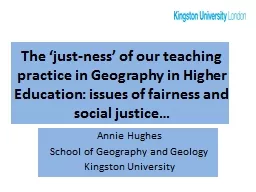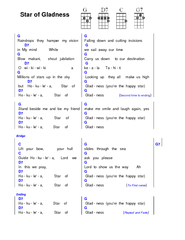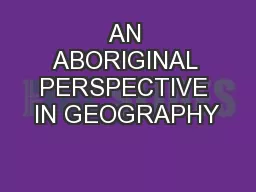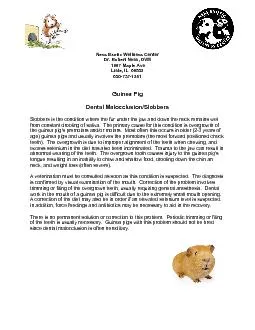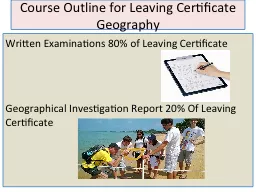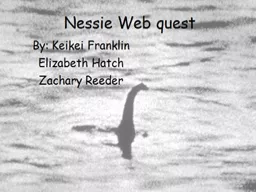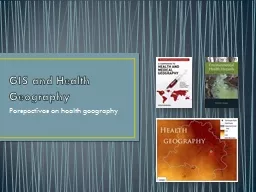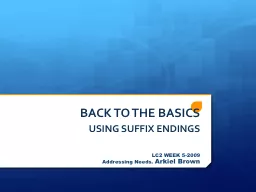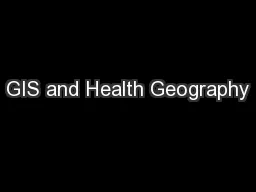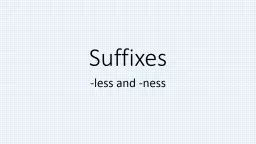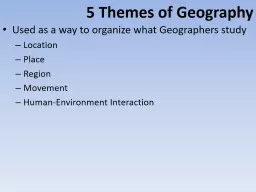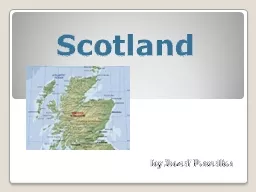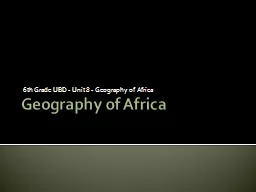PPT-The ‘ just-ness ’ of our teaching practice in Geography in
Author : briana-ranney | Published Date : 2018-11-03
Higher Education issues of fairness and social justice Annie Hughes School of Geography and Geology Kingston University Workshop About this workshop T his workshop
Presentation Embed Code
Download Presentation
Download Presentation The PPT/PDF document "The ‘ just-ness ’ of our teaching p..." is the property of its rightful owner. Permission is granted to download and print the materials on this website for personal, non-commercial use only, and to display it on your personal computer provided you do not modify the materials and that you retain all copyright notices contained in the materials. By downloading content from our website, you accept the terms of this agreement.
The ‘ just-ness ’ of our teaching practice in Geography in: Transcript
Download Rules Of Document
"The ‘ just-ness ’ of our teaching practice in Geography in"The content belongs to its owner. You may download and print it for personal use, without modification, and keep all copyright notices. By downloading, you agree to these terms.
Related Documents

